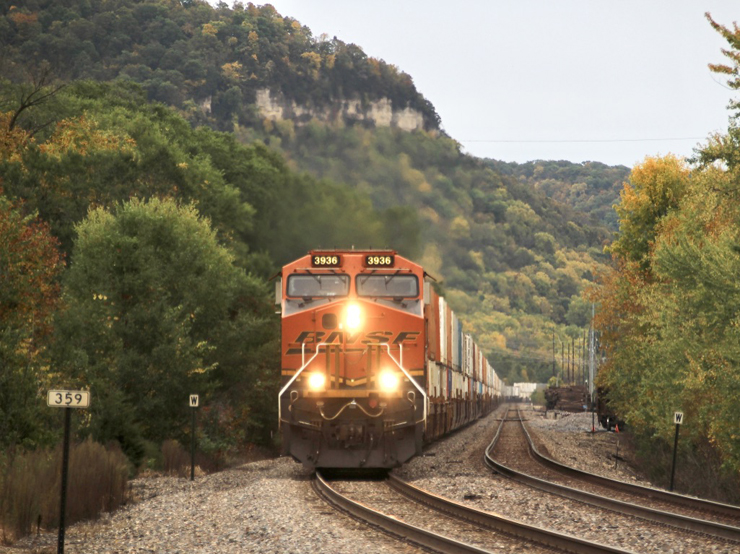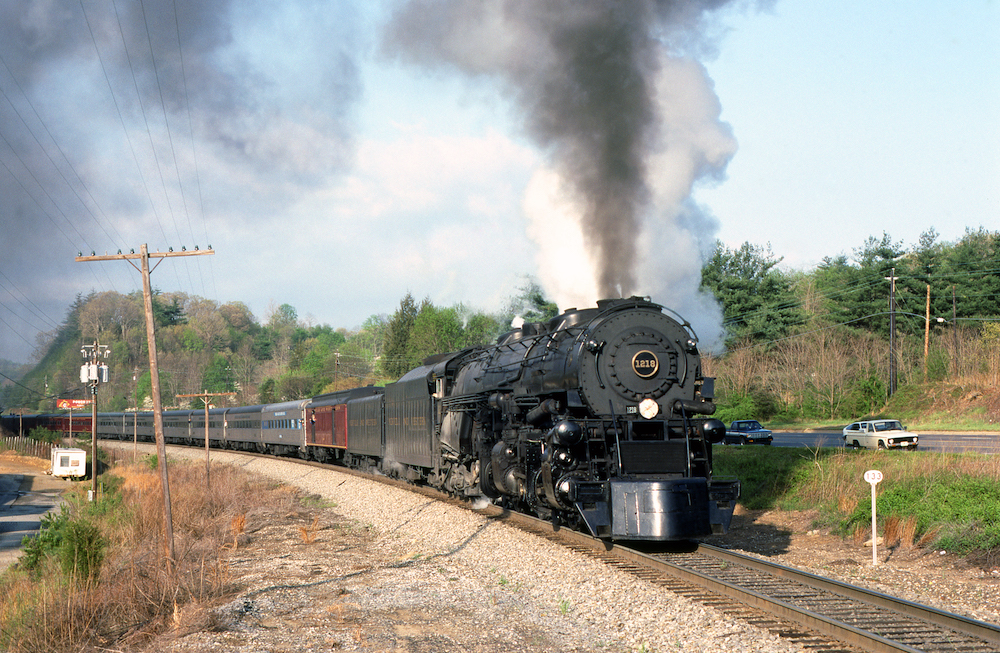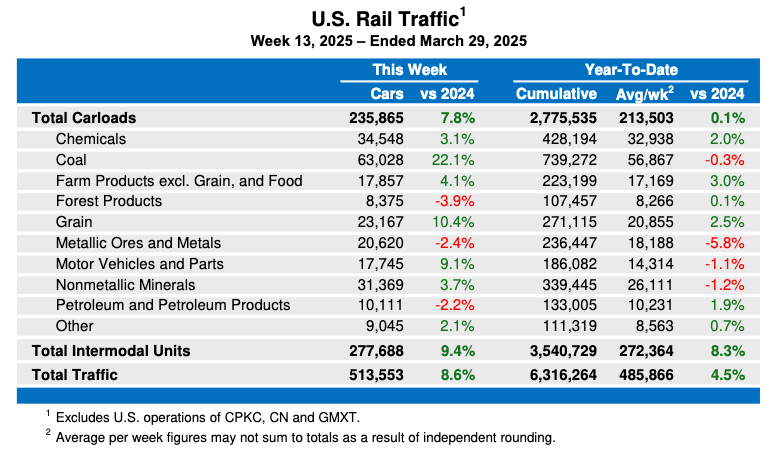
A 65-foot mill gondola is the latest addition to the Micro-Trains Line Co. N scale freight car lineup. The injection-molded plastic model features positionable drop ends, metal wheelsets, and body-mounted Magne-Matic couplers.
The Micro-Trains gondola is based on a Santa Fe class GA-47 prototype built by General American Transportation Corp. (GATC) in 1937. The gondolas in this class were numbered 170850 through 170874 series and had a 1,777-cubic-foot capacity.
Our sample is lettered as Santa Fe 170902, part of the railroad’s 170875 through 170924 series built by GATC in 1940. The class GA-48 gondolas were built to the same specifications as the class GA-47 cars.
Model features

The Micro-Trains mill gondola uses plastic and die-cast metal construction. Most of the details, such as the grab irons, stirrup steps, and poling pockets, are molded. The tack board, located near the middle of the car, was omitted. Modeler-installed uncoupling levers, made of engineering plastic, are included with the car.
The gondola comes with a removable one-piece, cast-resin pipe load. If run empty, you can see the rivet detail and raised panels for the body bolsters and cross bearers on the car floor. Rivet and tie-down ring detail is missing from the sides of the interior, perhaps to make it easier to install and remove loads.
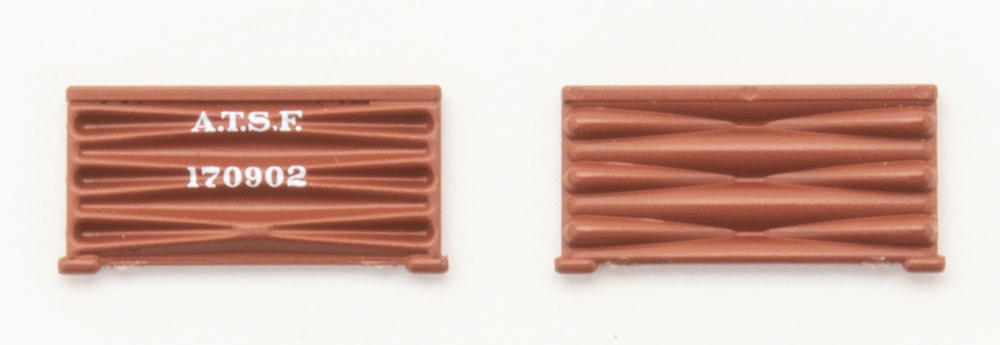
The Dreadnaught ends are separate, positionable pieces. To lower the ends, gently lift them straight up until the two corner tabs disengage from the slots in the car floor. Then, with a light touch, press the ends over the nubs on the car sides and lay them flat. The ends were lowered on full-size gondolas when loads, such as creosoted pilings, were longer than the car.
Though the model includes a load, I appreciated that Micro-Trains modeled the Dreadnaught detail on the inside and outside of the end pieces. Nicely done!
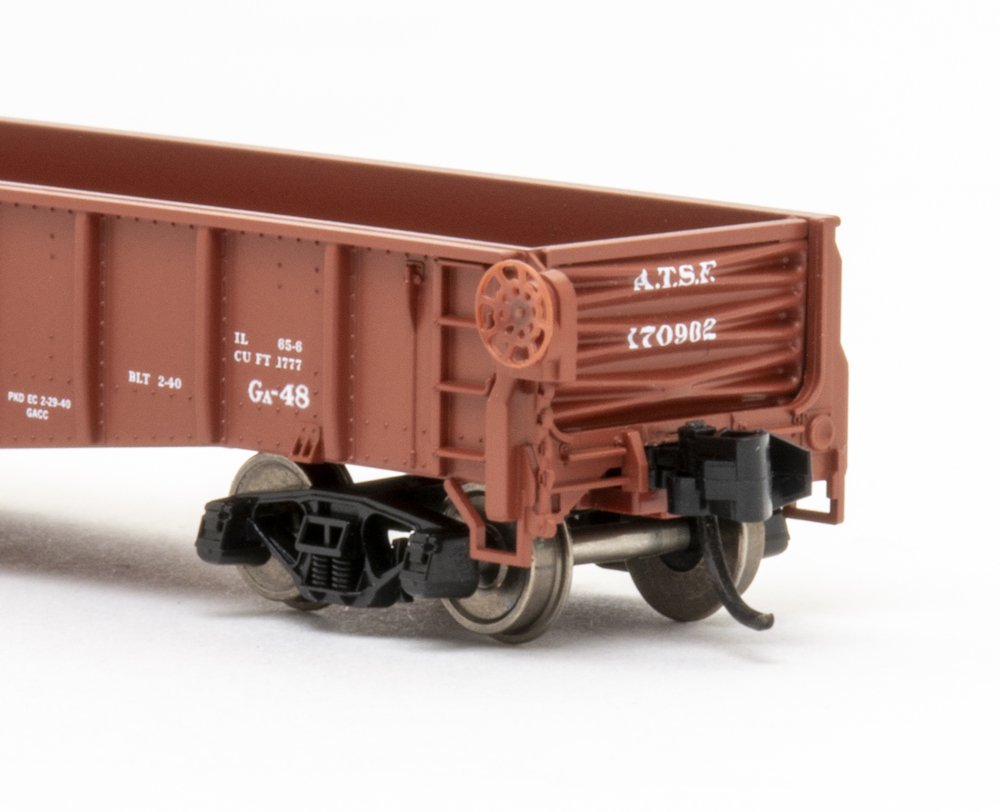
Since the gondola has drop ends, the brake wheel is located on the side of the car. The Micro-Trains model has a molded brakewheel housing, brake chain, and retainer valve. The brake wheel, installed at the factory, is molded in engineering plastic. Though the part is unpainted, the plastic closely matches the body color.

Underneath, the car features plastic and die-cast metal parts. The draft-gear boxes, body bolsters, bolster blocks, and roughly ¼” of the center sill on each end are plastic. There are four oval-shaped recesses around each bolster so the wheelsets don’t rub on the underbody.
The portion of underbody between the trucks is die-cast metal. The center sills, cross members, brake appliances, support brackets, rods, and levers are all cast details.
How does it compare?
Our sample is neatly painted Mineral Brown with white graphics. The lettering placement matches builder’s photos of the full-size 170902 in Santa Fe Open-Top Cars: Flat, Gondola and Hopper Cars 1902-1959 by Richard H. Hendrickson (Santa Fe Railway Historical and Modeling Society Inc., 2009). The Wrot Steel Wheels stencil below the road number on the car ends was omitted.
The gondola has pin-mounted, solid-bearing trucks with correctly gauged 33” insulated metal wheelsets. The body-mounted Magne-Matic couplers are at the correct height. With the pipe load the gondola weighs 0.9 ounces, which is .35 ounce too light per National Model Railroad Association Recommend Practice 20.1. The empty car is .75 ounce too light. Because of the gondola’s length, the manufacturer recommends operating the car on 15” or greater radius curves.
I was unable to find prototype drawings of the Santa Fe class GA-47 or GA-48 gondolas. However, I did find some dimensional information in the October 1947 Official Railway Equipment Register. The interior width is a scale 9” too narrow, which is typical of open cars because of molding limitations. Other dimensions closely followed published data.
The Micro-Trains N scale mill gondola is a well-executed model. The car, which measures 5” long, will certainly stand out in a freight train, whether loaded or empty. And those body-mounted couplers and metal wheelsets will be appreciated by N scale operators.
Facts & features
Price: $32.95
Manufacturer
Micro-Trains Line Co.
P.O. Box 1200
Talent, OR 97540-1200
Era: 1940 to 1960s (as decorated)
Road name: Atchison, Topeka & Santa Fe in two road numbers
Features:
- 33” metal wheelsets, in gauge
- Body-mounted Magne-Matic couplers, at correct height
- Minimum radius, 15”
- Weight: 0.9 ounces with load, .05 ounces without (.35 ounce and .75 ounce too light, respectively, per National Model Railroad Association Recommended Practice 20.1)







